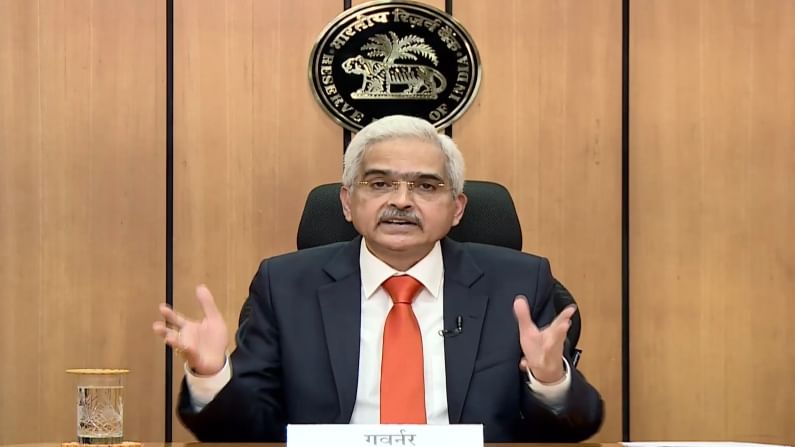EMIs unlikely to change as RBI keeps policy rate unchanged
Repo rate is the rate at which the RBI provides liquidity to banks to overcome short-term mismatches.

Your equated monthly installments (EMIs) will remain the same after the Reserve Bank of India (RBI) on October 8 maintained the status quo on policy rates at its fourth bi-monthly monetary policy review for the current fiscal. The Monetary Policy Committee (MPC) has kept the repo rate steady at 4% with an accommodative stance even as the economy is showing signs of recovery after the second Covid wave. Repo rate is the rate at which the RBI provides liquidity to banks to overcome short-term mismatches. On the other hand, the reverse repo rate also stood unchanged at 3.35%.
RBI Governor Shaktikanta Das said the MPC decided to continue with an accommodative stance to revive as well as sustain growth on a durable basis. Meanwhile, the benchmark BSE Sensex traded around 358 points higher at 60,036 at around 10.10 am (IST), while the NSE Nifty index was up 112 points at 17,894.
This is the eighth time in a row that the MPC headed has maintained the status quo. RBI had last revised its policy repo rate on May 22, 2020, in an off-policy cycle to support demand by cutting the interest rate to a historic low.
The governor said MPC voted unanimously for keeping the interest rate unchanged and decided to continue with its accommodative stance as long as necessary to support growth and keep inflation within the target. Amid rising fuel prices, retail inflation stood at 5.3% in August. MPC has been given the mandate to maintain annual inflation at 4% until March 31, 2026, with an upper tolerance of 6% and a lower tolerance of 2%. Meanwhile, the RBI retained the GDP growth target at 9.5% for the financial year ending March 2022.
Here’s what industry watchers have to say
Ramani Sastri, chairman and MD, Sterling Developers
The RBI’s approach to continue with the status quo is on expected lines to enable the growth momentum that seems to have set in during the last couple of months. For home buyers, this decision will help reinstate confidence and further access to affordable home loans. It also goes without saying that the real estate industry’s perennial hope is fixed on lower interest rates as it improves affordability. Home loan interest rates have already gone down substantially in the recent past, and are presently at an all-time low and property prices have been stable. Hence this is the right time for prospective home buyers to invest.
Shishir Baijal, chairman and managing director, Knight Frank India
The decision to maintain status quo on key policy rates is significant as it comes at the onset of the festive season. The RBI’s move to keep rates unchanged despite the inflationary pressures, as adequate liquidity, and stable repo rate will play a catalytic role in the robust recovery of the country’s housing sector. RBI’s accommodative stance will allow banks to continue providing home loans at the current levels.
Suvodeep Rakshit, senior economist, Kotak Institutional Equities
The RBI policy, as expected, remained cautious and in a wait-and-watch mode. Even as it increased the quantum under the 14-day VRRR auctions and opened the option of 28-day VRRR auctions, it adequately sounded out on its dovishness and the need to ensure liquidity conditions remain comfortable. We do not see the RBI in a hurry to normalise liquidity conditions as well as the reverse repo rate in the near term. We continue to see the February policy as the earliest period of review for the RBI to narrow the policy rate corridor by raising the reverse repo rate.
Amit Goyal, CEO, India Sotheby’s International Realty
The status quo will mean a continuation of low home loan rates, which will keep the demand momentum for homes going. In the past couple of months, we have witnessed further reduction in interest rates of home loans to 6.5% per annum by leading financial institutions. The RBI governor also announced that there are strong signals of recovery in the service industry, especially in IT services. The expected GDP growth target for the current fiscal has been raised as well. Factors also indicate softening of inflation in the near term. All in all, this brings in a lot of confidence in the Indian economy, which itself is a big positive for the housing sector.